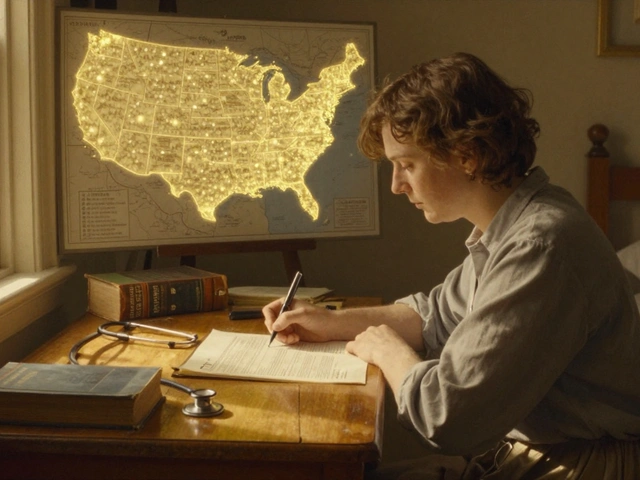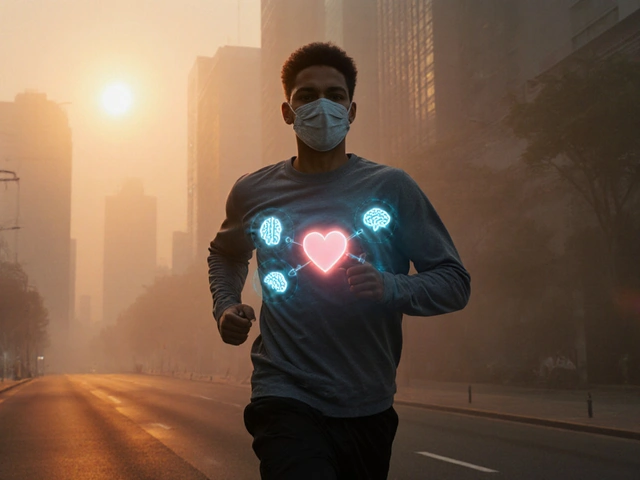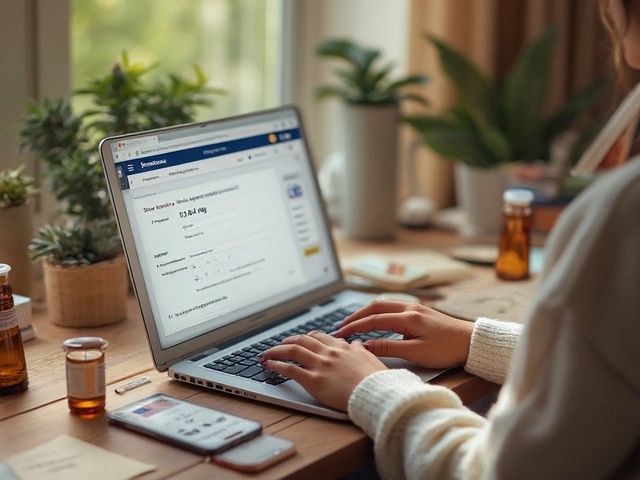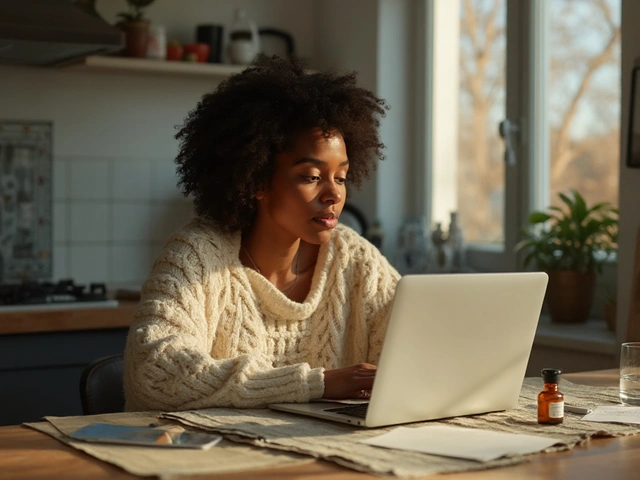Safe Online Pharmacy: How to Buy Prescription Meds Securely
Ever see a brand‑name drug listed for a fraction of the usual price and think it must be a mistake? That’s the first clue something’s off. Buying meds online can save time and money, but only if you know what to look for. Below you’ll get straight‑forward steps to make sure the pharmacy you pick is real, licensed, and safe.
Key Red Flags to Watch
First, check the web address. Legit pharmacies use a .com or a country‑specific domain that matches a real pharmacy license. If the site ends in .xyz, .top or something weird, walk away. Next, look for a physical address and a phone number that you can call. A quick Google search of the address should pull up a real storefront or at least a registered business.
Second, verify the pharmacy’s license. In the U.S., you can use the NABP’s Verified Internet Pharmacy Practice Sites list; many other countries have similar registries. If the site can’t provide a license number, that’s a big warning sign. Third, be skeptical of ultra‑low prices. If a 30‑day supply of a common heart medication is cheaper than a bottle of generic vitamins, it’s probably counterfeit.
Step‑by‑Step Checklist for Safe Purchases
Use this quick checklist before you click ‘Buy’:
- Confirm the pharmacy is licensed – look for a visible license number and verify it on the official regulator’s site.
- Make sure a prescription is required. Legit sites won’t sell prescription‑only drugs without a valid prescription from a qualified provider.
- Check the payment methods. Secure encryption (https://) and reputable processors like Visa, MasterCard, or PayPal add a layer of protection.
- Read customer reviews on independent platforms, not just the site’s own testimonial page.
- Watch for clear contact info – a real pharmacy will have a working email, phone line, and a physical address you can verify.
Once you’ve crossed those boxes, place your order and keep an eye on the shipping details. Tracking numbers from reputable carriers are a good sign. If the pharmacy offers an unusual “express” service without tracking, that’s another red flag. Finally, when your meds arrive, inspect the packaging. Authentic drugs have batch numbers, expiration dates, and professional labeling. If anything looks off, contact the pharmacy immediately and consider reporting them to the regulator.
By following these steps you can get the convenience of online shopping without risking your health. Safe online pharmacies exist – you just have to know how to spot them. Happy, healthy buying!
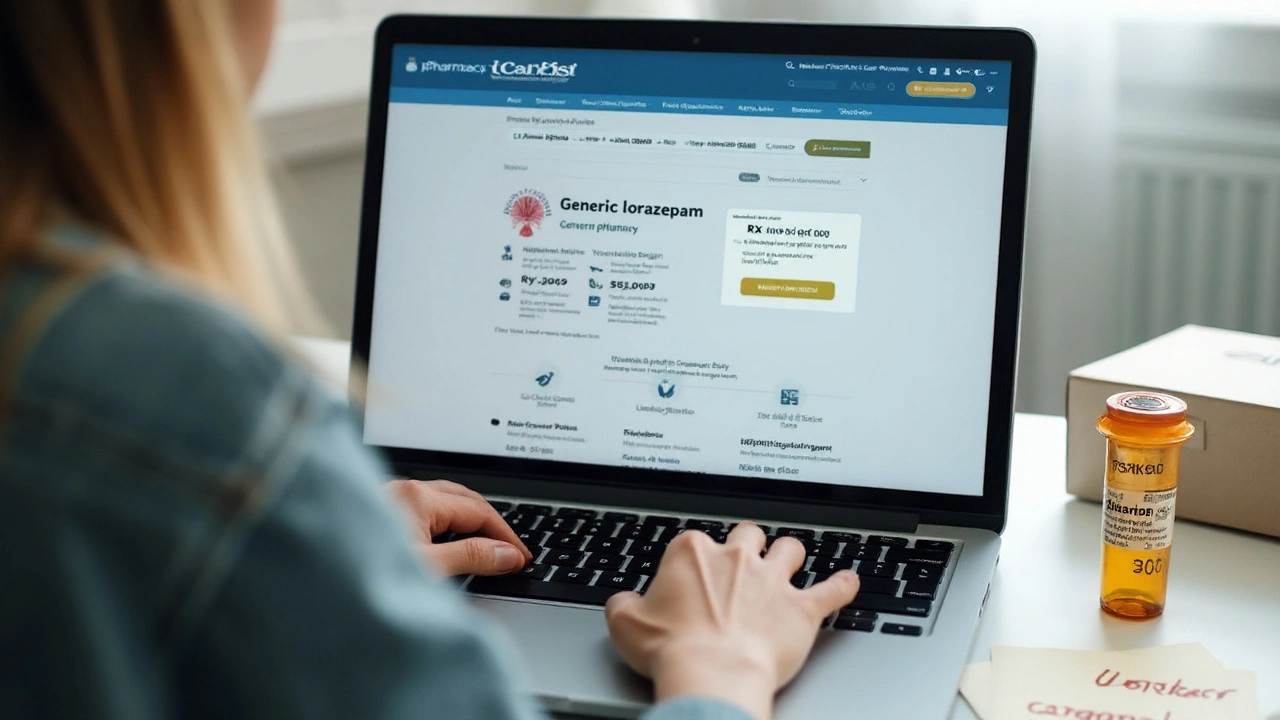
Buy Generic Ativan (Lorazepam) Online Safely in 2025: Prices, Legal Options & Alternatives
Looking for cheap generic Ativan online? Here’s how to do it safely and legally in 2025, what it should cost, red flags to avoid, and smarter alternatives that work.
Sep 11 2025
